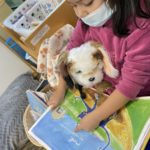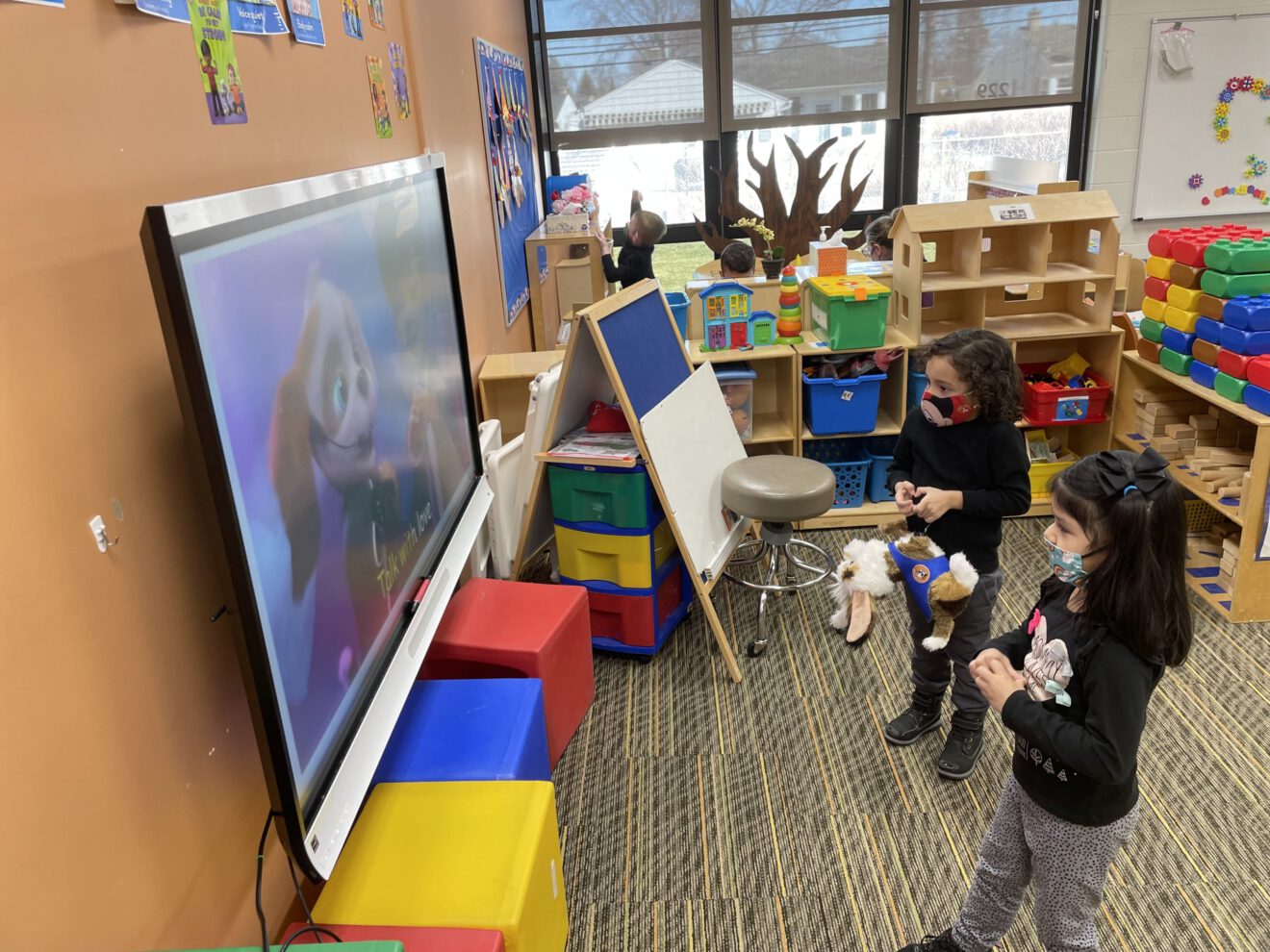It’s fair to say that the pandemic changed us all in ways big and small that may take years to fully grasp. Among the myriad challenges we’ve been grappling with in the classroom are the number of students who have had limited to no social interactions or structured learning experience over these past few years. Many of the students enrolling in kindergarten and first grade have never even set foot inside of a school building before, as both pre-K and kindergarten enrollment have dropped precipitously.
As a result, some of our students struggle with the expectations and boundaries now put on them at school. For example, sitting for extended periods of time, being around groups of people, waiting, not being able to snack whenever they want or being told “no” to things that may be OK at home can be stressful for students.
Coping with increasing behavior problems
In addition to adjusting to this new environment, students have experienced increased trauma due to nutrition/food issues and parental hardships stemming from job loss due to the time off needed to support virtual learning at home and childcare inconsistencies. It’s no surprise that there has been an uptick in behavioral issues across the board, including more tantrums, aggression toward others, attachment issues and low frustration tolerance.
Prior to the pandemic, approximately 13% to 22% of students experienced some mental health challenges, according to a recent report from the US Department of Education. It’s estimated that number has skyrocketed to 80%.
SEL songs, play can help
More than ever, I’m focusing on social-emotional learning to help my students improve their academic performance, cultivate and maintain healthy relationships, and learn how to self-calm when stressed. In my classroom, my students often struggle with big feelings, so I use play-based learning to help them develop age-appropriate social-emotional skills in an innovative way.
I hear “I can’t” a lot, so we change moods by singing songs and dancing. We practice talking to ourselves with love and using positive phrases that we may not have heard in the past. I’ve even created a Calm Down Corner, where my students can take a time-out to be still until they feel able to rejoin the rest of the class. Sometimes, all they need is a hug!
Animatronic class pet helps turn emotions around

A vital helper in my classroom has been Bouncy, a breathing, multi-breed animatronic service dog with a prosthetic that anchors a social-emotional learning program that includes books, apps, activities and music videos. When my students hold Bouncy heart to heart and belly to belly, their breathing automatically slows to match his. We practice self-calming breathing techniques using Bouncy’s music videos, and the apps provide an engaging tool that allows for both self-study and group interaction.
I also encourage my students to take care of Bouncy by brushing his fur, “feeding” him or even having a tea party together.
Overall, we are seeing a decrease in student outbursts and disruptive behaviors during school transitions.
SEL lessons are vital to students’ future
Mental health experts agree that the tools young learners need to thrive despite stressors include a sense of feeling safe, emotional attachment and training in specific SEL competencies linked to self-regulation and agency, particularly controlled breathing and positive self-talk.
It’s so important to empower our youngest learners to feel secure and strong to help them tackle all of the social-emotional challenges that lay ahead. This will help them succeed in the classroom and beyond.
Anita Compart is a special education teacher with Jane Westerhold Early Learning Center, part of Community Consolidated School District 62 in Des Plaines, Illinois. She uses Bouncy in her classroom. You can find her on Twitter.
________________________________
If you liked this article, sign up for SmartBrief’s free email newsletterfrom ASCD. It’s among SmartBrief’s more than 250 industry-focused newsletters.
More from SmartBrief Education:
- 5 ways new school-home communication meets family, staff needs
- 5 virtual-classroom tools to foster authentic connections
- Changing the classroom experience with instructional audio
- Powerful social media solutions for students
- How comics curriculum boosts SEL
- 8 ways to make vocabulary instruction more effective
